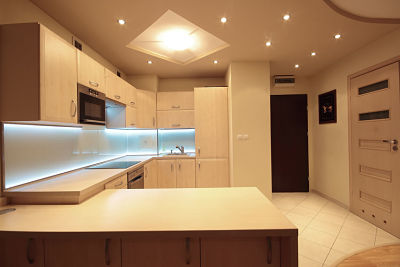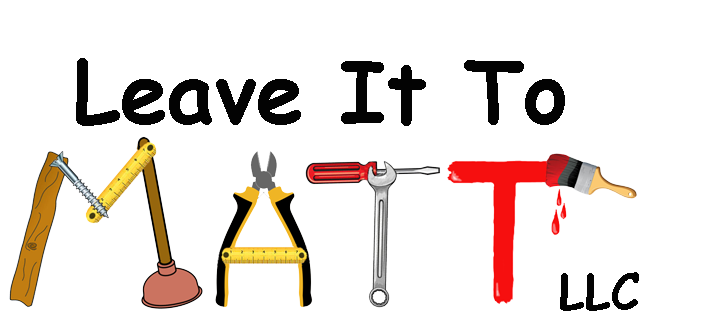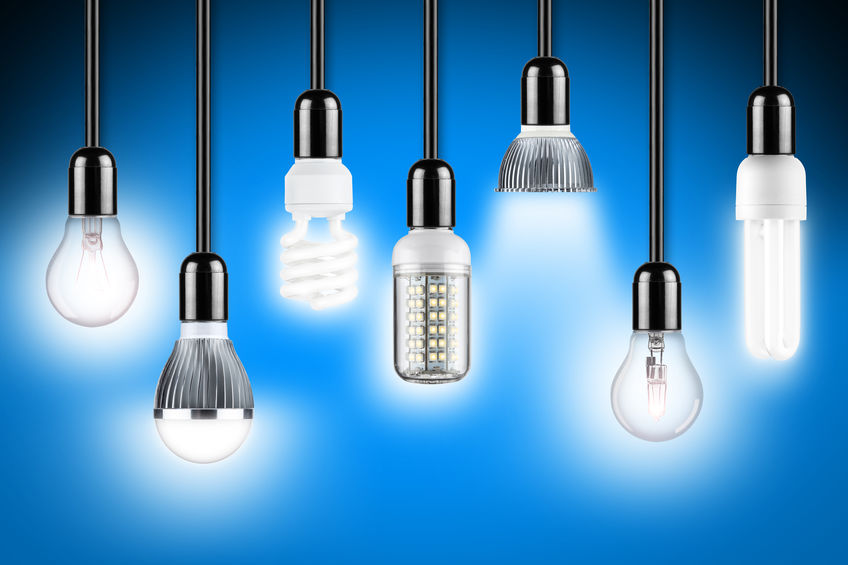Want to put money in your pocket and be kind to the environment at the same time?
The average homeowner can save hundreds of dollars per year by switching to more efficient lighting!
Of course we all want to save money and be good stewards, but it can be confusing knowing which lighting technology is best.
It seems that every time I’m over at the home center store buying a light bulb I notice at least one person standing in the middle of the aisle with a glazed look on their face. I always try, if I have a few minutes, to help them figure out what it is they need. If I can help a few more people with this article then it will be worth it.
If you still need help deciding, or would like your new light fixtures professionally installed then call 480-395-3996 today or request a free quote.
Understanding Your Choices
- LED
- CFL
- Incandescent
LED Lighting
LED lighting is the newest and most efficient technology that exists. When LED Light bulbs were first introduced they were not very cost-effective (the first LED for consumer use was a bulb from Philips that cost $40 in 2008). Fast forward to today, and LED lights have come down in price considerably. At the same time, the array of LED bulbs and LED fixtures has grown to the point that  there are lighting solutions to problems we never knew even existed.
there are lighting solutions to problems we never knew even existed.
Many LED fixtures have no bulbs to replace since the manufacturers assume the fixtures will wear out before the LED lights do. LED screw-in bulbs to replace existing incandescent or CFL bulbs are available in nearly all sizes and brightnesses. From dimmable LED bulbs to mini-base screw-in LED candelabra bulbs the variety available at the local home center increases with every visit it seems.
What is an LED?
LED stands for “Light Emitting Diode.” Without getting too technical, an LED is a huge step forward from conventional light bulbs. Like comparing solid-state TVs to the old tube sets, LED lights have some very important benefits.
- Efficiency – LED lights use 10-15% of the electricity to operate compared to conventional incandescent bulbs. When shopping LED screw-in replacements, you will see that the packages say things like “60 Watt Equivalent” since the newer LED’s actual wattage will be much lower than what we’re used to seeing. A 60 watt equivalent LED bulb will actually be something around 6 to 9 watts. From a cost-to-operate standpoint, if a 100 watt incandescent bulb costs $3.60 a month to operate for 10 hours a day, a comparable LED only costs 36 cents. You can easily see how the higher initial cost to purchase an LED bulb will be outweighed by the much lower cost to operate.
- Lifespan – Current LED bulbs have a lifespan rating of 30,000 – 50,000 hours. To put that into perspective, conventional incandescent bulbs have a rating of around 1,000 hours. Do the math and you’ll see that an LED light running for 24 hours a day, 7 days a week will last somewhere around 6 years before it will quit working. Compared this to an incandescent that will last for just over a month.
- Temperature – When I was in the 7th grade, I hatched some fertile chicken eggs in a cardboard box in my basement using the heat from a 40 watt light bulb. The heat given off from that 40 watt bulb kept the temperature inside the box warm enough to hatch the eggs. Typical LED bulbs do give off a little heat, but it is nowhere near the heat of a similar output incandescent bulb.
CFL Bulbs
Available since the mid-90’s, the CFL bulb or “Compact Florescent Light” is a florescent tube that has been bent, folded or twisted to make it smaller and more compact. With its own electronic ballast contained inside the base of the bulb, a CFL bulb is designed to screw in to traditional lamps and fixtures as replacements for incandescent bulbs. Cooler and more efficient than incandescent bulbs, the CFL is a good choice for energy savings, but with one drawback: just like standard straight florescent tubes, CFL bulbs contain a small amount of mercury inside that makes disposal an issue, and environmentally not as good a choice as LED.
- Efficiency – CFL bulbs use about 25% the power of incandescent lights with similar light output. One month usage costs around 90 cents compared to LED at 36 cents. As with LED bulbs, packaging with “equivalent to XX watts” should be expected.
- Lifespan – Current CFL bulbs have a lifespan rating of 8,000 to 15,000 hours. Continuous usage being 1 to 2 years. It is worth mentioning that the life of a CFL bulb, just like with a regular florescent bulbs is shortened as the number of times the bulb is turned on and off increases. In other words, if you want a CFL to last as long as possible, try not to turn it on and off for short uses – better just to leave it on for longer periods.
- Temperature – Although not as cool as an LED of the same light output, CFL bulbs are considerably cooler than incandescent bulbs.
Incandescent Lights
Way back in 1879, Thomas Edison invented his “Electric Light.” For over a century, very little changed with respect to incandescent light bulbs. The least-efficient, shortest life and most heat-producing source of light, incandescent bulbs have a lifespan of only 1,000 hours. Of the energy used, 80% is lost to heat. Great for egg hatching, but not for keeping your electric consumption low! In an incandescent bulb, a metal filament inside the glass bulb is heated to the point that it glows, giving off light. Other than for specific uses in appliances or other applications where LED or CFL bulbs are not available, there really is no practical reason for using incandescent bulbs.
As a side note: Federal rules regarding production and sales of conventional incandescent bulbs are hard to understand as the rules have been changed, postponed or altogether abandoned a number of times. As of this writing, all consumer bulbs will have to be at least 60% more efficient than the older incandescent bulbs by the year 2020.
What is a Lumen?
A lumen is a measurement of the amount of light emitted by a source. Considered to be the new watt, lumens and watts are not at all the same thing. A “watt” is a measurement of electrical power, and a “lumen” is a measurement of actual light. To have any idea of how many lumens equal a certain amount of light, you must know how many lumens the old light bulb produced. Finding lumen information for older conventional incandescent bulbs is difficult to find, or not available at all. In the future we might use lumen numbers as we once did for watts, but the safest bet is to look at the packaging for the “equivalent to” information.
Leave It To Matt
Handyman Service
480-395-3996
References:
DelMarfans.com/The History of the Light Bulb by Mara Bermudez
https://www.delmarfans.com/educate/basics/who-invented-light-bulbs/
Wikipedia- What is a Lumen.

